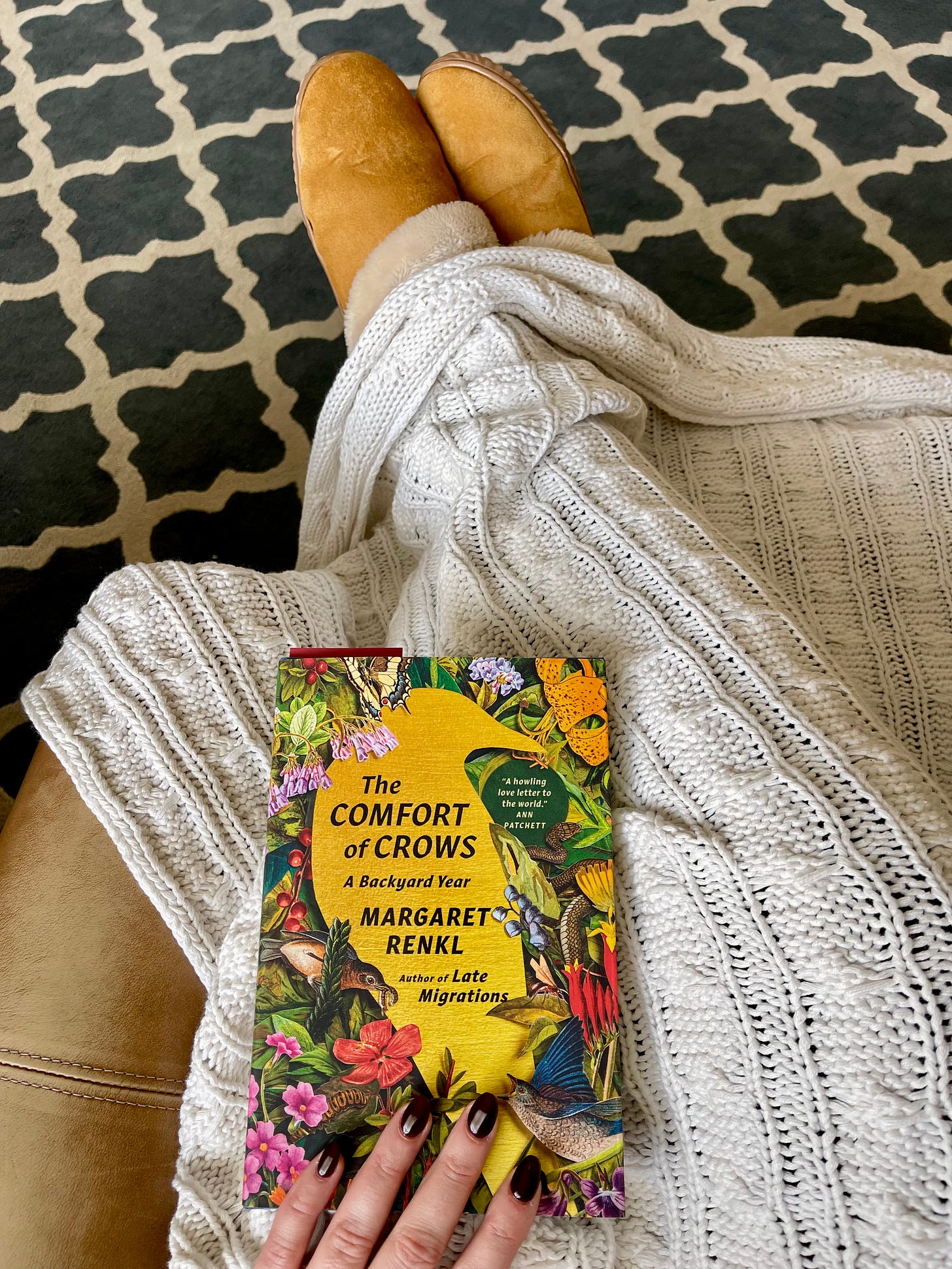Another winter has set in here in Knoxville, Tennessee. Much as I had hoped grey days were behind us, the winter will outstay its welcome, as it always seems to do. My daughter even caught a few snowflakes on her lips as they fell faintly this morning. But this February day is not the beautiful winter of Christmas Carols; it is the ashen clime of tales told by the Brönte sisters: the rough of the moors, the stubborn wild of thistles, and the brambly high grasses. A place where one could easily get lost.
And lost is where we find ourselves in this first week of Lent. Ash Wednesday has come and gone; we have been reminded of our dusty origins and destinies, and now we face the bleakness of forty days in the wild places. As we set off into this barren landscape, our hair whips onto our wind-worn faces, the cold breaking through our coats as though its goal is to get at the heart of us, and our toes begin to lose feeling. Cold has a way of laying bare the hard fact that we are not as prepared or self-sufficient as we had believed ourselves to be. And how do we find our way out of this winter and into spring? The answer is a comfort to me: this work has already begun and is, paradoxically, already finished.
I am reading a truly remarkable book these days: The Comfort of Crows: A Backyard Year by Margaret Renkl. This was one of those books that called to me from the shelves of Union Ave., and I am so glad I listened. With bite-sized meditations, Renkl creates what Tish Harrison Warren would call a “liturgy of the ordinary.” It is as though she is bringing the reader close and whispering the beautiful lessons to be learned right here, right now, in our own backyard. I’ve had something of a placemaking revolution in my own heart and mind (thanks to much Wendell Berry), and Renkl came around at just the right time. Another reminder to be present to the gift of now. But what if this frigid February day doesn’t feel like a gift but rather being thrown, once more, into the wasteland? And so the question unearths itself: how do I find beauty in the bleak?
And this answer rises from the pages like a prayer:
“It looks like a mistake, like something left behind as fall moved into winter. The framework for a leaf gone by, perhaps, or the false start of some living thing that never grew into itself.
It is not a mistake.
There was no error in its planning and none in its purposes.
All winter long, the brown bud will sleep. While the cold crow calls into the gray sky, while the wet leaves blacken and begin their return to earth, the brown bud is waiting for its true self to unfold: a beginning that in sleep has already begun.”
-Margaret Renkl, “Praise Song for the Coming Budburst,” The Comfort of Crows
The peony shoots began to pop up in my front gardens just last week. Though we are in the barren winter season, my peony plants know what I do not: this season is ending. Even now, on grey and overcast days, something is at work. In fact, something was at work long before the day last week when I first saw the fresh, reddish-green shoots emerging from the ground.
“A beginning that in sleep has already begun.” Those shoots had to do some growing underground first until they became strong enough to do the hard work of breaking through Tennessee clay. Then and only then can we see what’s been in process all along.
I have had peonies in my gardens in both our homes, and I had nothing to do with the planting in Denver or Knoxville. They are pure offerings of beauty from the earth, and I am thankful. I will never forget that first day on South Sherman Street when I noticed strange reddish-brown shoots beginning to peek out of the ground by our fence. My first instinct was to pull them up, as we had a war on weeds that year. But just in case, I called my Grammie June, plant identifier extraordinaire, and as I held up the FaceTime screen for her to see the plant in question, she told me not to pull them up: they were peonies.
That Denver garden was a marvel: all kinds of offerings came up from the ground, gifts from the homeowners before us. I had enough rhubarb to make jams and pies each January, peonies to fill my vases throughout May, and mint that grew thick and wild to put into my July batches of iced tea. And it came forth on its own each year, without my help or even knowledge.
“It looks like a mistake. It is not a mistake.” Such is the grace of Lent. It simply comes. Even in the wild places, it comes. Though the cold reaches out to our bones, it comes. It is not a mistake. None of these days is a mistake. The beauty of a thistle, despite its thorns. The whistling tune carried on the wind. The warmth of a fire on cold mornings. It comes.
The question is, can we trust the work going on in places we cannot yet see? Can we find a certain slant of light on ashen days? And on those days when we see only grey, can we trust our good God to hold us close?
“It is not a mistake. There was no error in its planning and none in its purposes.”








Beautiful!!!